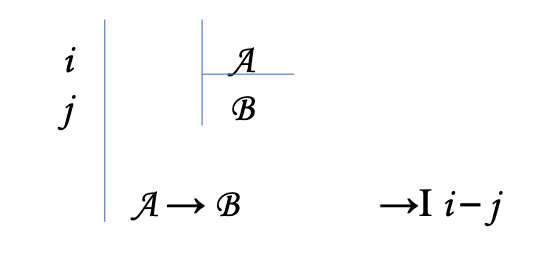Natural Deduction process + rules
1/21
There's no tags or description
Looks like no tags are added yet.
Name | Mastery | Learn | Test | Matching | Spaced |
|---|
No study sessions yet.
22 Terms
Parts of a Proof
Horizontal line
written below the premieses
put conclusion and assumptions, other rules below
Scope line / vertical line
Tells you which assumptions are alive and which you got rid of
some premises will be alive for entire proof (line spanning all the way down)
some you just have to make assumption for proof (get rid of before end)
Introduction rules
allows is to prove a sentence that has that connective as the main logical operator
prove from nothing
Elimination rule
allows us to derive parts of a sentence that have that MLO
you are given a sentence with that MLO, prove other sentence
Citing lines
on every line you have to justify why you got it
cite relevant lines above using line numbers
if you have a subproof it will be a ‘-’, sometimes there are multiple numbers or sets of numbers, separate by comma as well
If subproof it will be ex: 1-4, or 1, 1-4
Cite relevant lines that are above
How to cite an individual line when applying a rule
the line must come before the line where the rule is applied
but
the line must not occur within a subproof that has been closed before the line where the rule is applied
You have to do the whole entire subproof before you can cite it, also do not close a subproof before you can cite where the line is
You cannot refer back to anything that was obtained using discharged assumptions
To make a subproof
draw a scope line under previous lines
draw a horizontal line to make your assumption
do it
to close it just end line, end lines will be longer and longer until the last one
To cite a subproof when applying a rule
The cited subproof must come entirely before the application of the rule where it is cited
The cited subproof must not lie within some other closed subproof which is closed at the last line it is cited
The last line of the cited subproof must not occur inside a nested subproof
Biconditional Introduction (↔ I)
you need two subproofs
the antecedent proving the consequent and the consequent proving the antecedent
doesnt matter what line you derive from what first
Ex: A ↔ B
Need to prove A→ B
And B → A
To cite: cite subproof 1 with dash between 1st and last line of subproof, comma, cite subproof 2
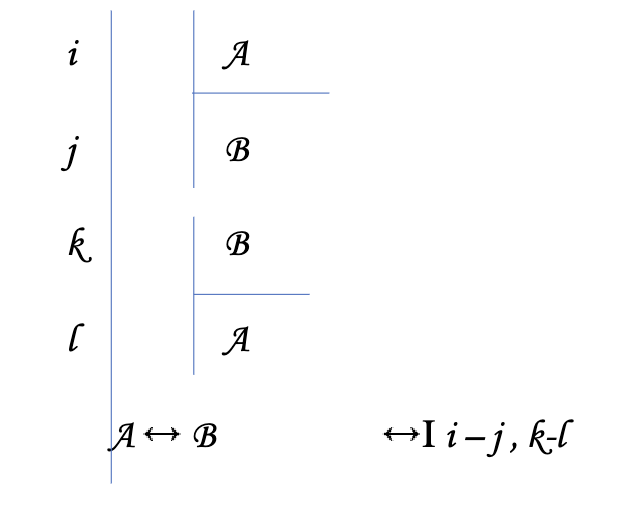
Biconditional Elimination (↔ E)
If you have one letter in the biconditional you can get the other
Ex: if you have A ↔ B
you can get A if you already have B
you can get B if you already have A
To cite : Cite the line of the full/original biconditional, then the line of whatever letter you got first (think of as antecedent, although it can go both ways)
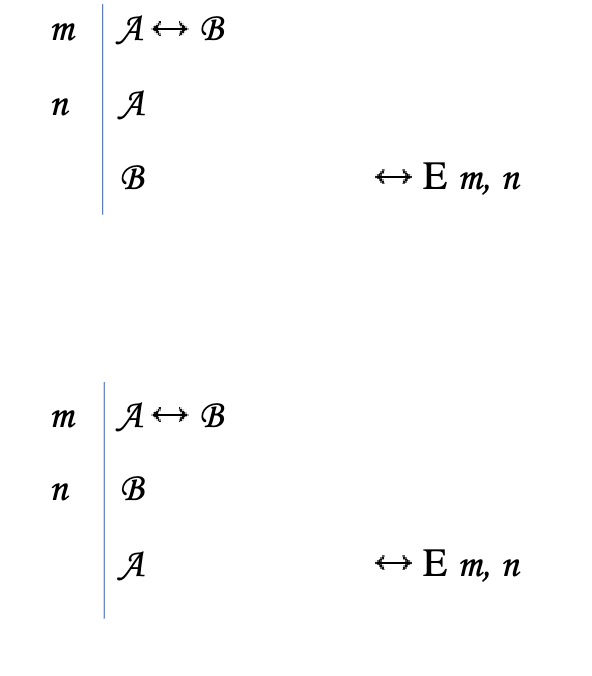
Disjunction Introduction (V I)
If you have one disjunct/letter, and you want to create a disjunction, you can assume anything you want as another disjunct
Can OR on anything you want (A, B, whole other sentence, etc.)
Ex: A
A V (B, X, i.e)
To cite: Only have to cite the number of the base/original disjunct, the letter you are adding something to
inclusive or, assume base is true, anything you put on is true as a result

Disjunction Elimination (V E)
Two subproofs
each disjunct has to prove the conclusion for conclusion to be true
Ex: A V B ⊢ C
A has to prove C
B has to prove C
Subproofs
If A then C
If B then C
kind of like mini conditionals
To cite: original/full disjunct, subpoof 1 with dash to first and last line, comma, subproof 2 citation

Negation Elimination (¬ E)
If you prove a sentence and the negation of that sentence
you can cite/justify the line with a contradiction by negation elimination
Ex:
¬ A
——
A
⊥
Cite: E original line, contradiction of line
could be negation first or regular first, it depends which one comes first, which one is the contradiction of og
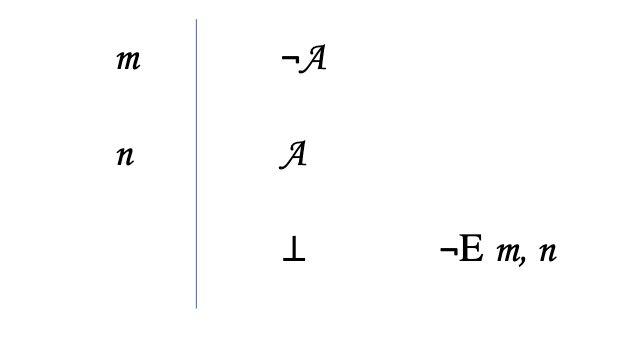
How to get contradiction ⊥
Prove any sentence and the negation of that sentence
“ ⊥ ” is the symbol that means something like “contradiction!”.
It is an atomic sentence that can only take the value F.
Negation is truth preserving
Negation Introduction ( ¬ I )
show assumption leads to a contradiction, after getting ⊥ you can prove the negation of the assumption
Ex: you assumed B in subproof and got a contradiction, you can then get conclusion ¬ B using negation intro
Introduce opposite of sentence after you have proved contradiction
To cite: I the first line of subproof to the last line/contradiction. - proves that it's the opposite so you can introduce the opposite of the og/first line which is its
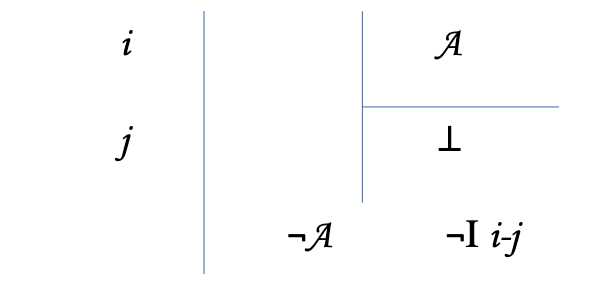
Indirect Proof (IP)
Assume the opposite of what you have , and try to prove a contradiction so you can get original thing
If you want to get A, assume ¬ A in subproof and then get contradiction
¬ A
—-
⊥
A
To cite: IP first line of subproof - last line of subproof
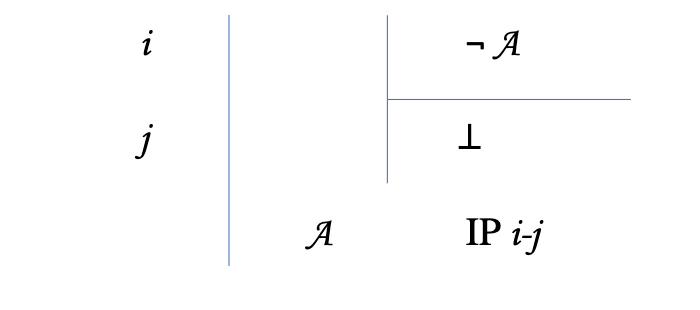
Explosion (X)
If you get a ⊥ you can assume/derive anything from it
Elimination rule for contradiction
truth preserving in a vacuous way (If your premises are contradictory you should be able to derive any conclusion you want and the argument will be valid logically )
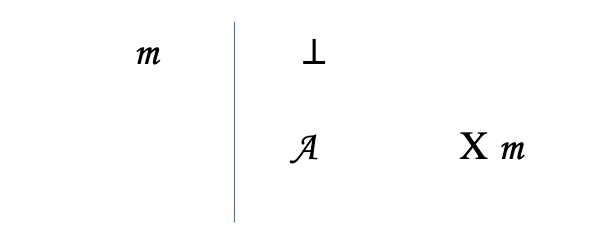
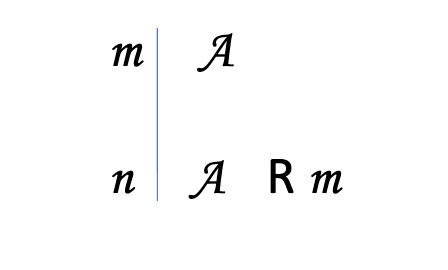
Reiteration Rule (R)
Allows us to repeat a line already shown in the proof
Ex:
A
A
Cite: line where it was shown before
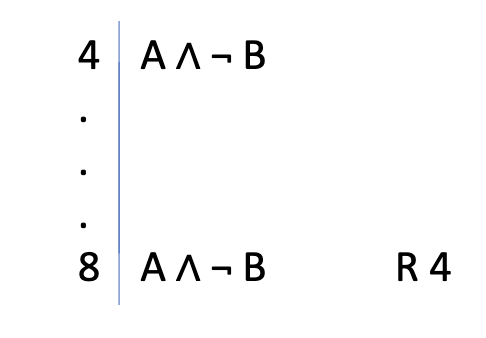
Strategy for acing proofs
Required - start by listing any premises, if any
Identify the main connective of each of the starting assumptions/premises
purpose- the MLO tells you what elimination rule you can apply first to each assumption
Apply any non-subproof elimination rules to your assumptions
Purpose- Make the sentences you can infer from the starting assumptions available for the rest of your proof
Identify the main connectives in the conclusion
purpose - the MLOs tell you what rule you will most likely apply first in order to prove the conclusion
Use rules that allow you to introduce connective in the conclusion
purpose - allows you to build the conclusion up from the lines of the proof
aim to add smaller subsentences of the conclusion to the proof before more complex ones
if introducing a connective requires a subproof, start subproofs for introducing wider scope connectives before ones introducing narrower scope connectives
Conjunction Introduction (∧ I)
If you have the two conjuncts by themselves you can and them together to get a conjunction using introduction
Ex:
A
B
A ∧ B
To cite: line numbers where both of the original conjuncts are, seperate with comma
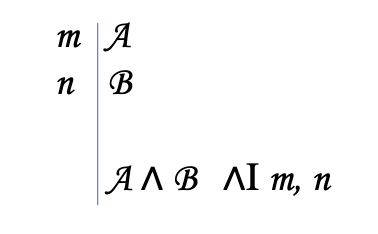
Conjunction Elimination (∧ E)
You can get each of the conjuncts on its own from a conjunction using ∧ elimination
Ex:
A ∧ B
A
B
Cite: the line where the original/base conjunction sentence is (where you are getting each of the conjuncts from)
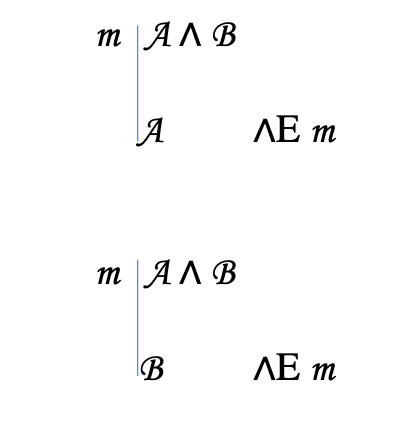
Conditional Elimination (→ E)
when you have a conditional and its antecedent, you can get its consequent
if the antecedent is true, the consequent/conditional has to be true
Ex:
A→ B
A
B
Cite: line where you find original conditional, line where you find antecedent

Conditional Introduction (→ I)
introduces conditional showing that A follows from B in its own proof (subproof)
create a subproof
where you assume the antecedent and derive the consequent
then conditional statement has to be true
Subroof
A
—-
B
A → B
Cite it : number of first line of subproof (antecedent) to (dash), number of last line of subproof (consequent)
